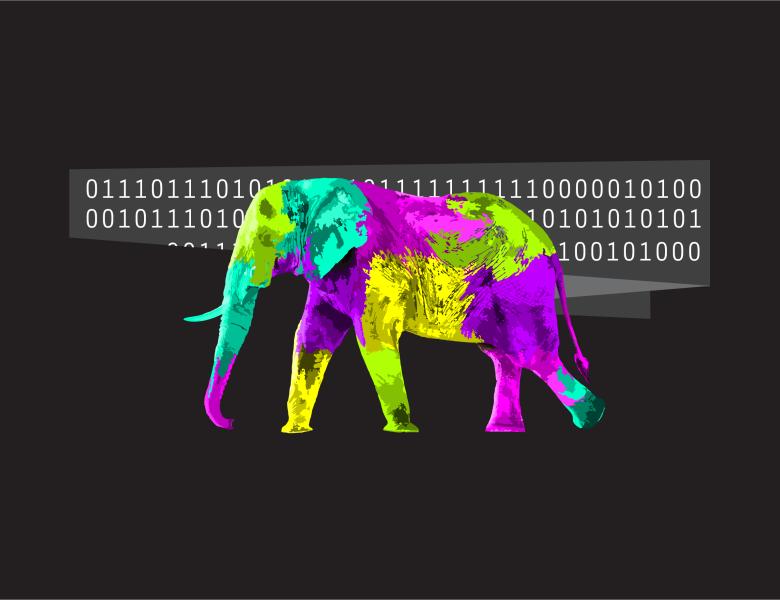
Abstract
Random Matrix Theory (RMT) and Randomized Numerical Linear Algebra (RandNLA) are applied to analyze the weight matrices of Deep Neural Networks (DNNs), including both production quality, pre-trained models and smaller models trained from scratch. Empirical and theoretical results clearly indicate that the DNN training process itself implicitly implements a form of self-regularization, implicitly sculpting a more regularized energy or penalty landscape. In particular, the empirical spectral density (ESD) of DNN layer matrices displays signatures of traditionally-regularized statistical models, even in the absence of exogenously specifying traditional forms of explicit regularization. Building on relatively recent results in RMT, most notably its extension to Universality classes of Heavy-Tailed matrices, and applying them to these empirical results, we develop a theory to identify 5+1 Phases of Training, corresponding to increasing amounts of implicit self-regularization. For smaller and/or older DNNs, this implicit self-regularization is like traditional Tikhonov regularization, in that there appears to be a ``size scale'' separating signal from noise. For state-of-the-art DNNs, however, we identify a novel form of heavy-tailed self-regularization, similar to the self-organization seen in the statistical physics of disordered systems. This implicit self-regularization can depend strongly on the many knobs of the training process. In particular, by exploiting the generalization gap phenomena, we demonstrate that we can cause a small model to exhibit all 5+1 phases of training simply by changing the batch size. This demonstrates that---all else being equal---DNN optimization with larger batch sizes leads to less-well implicitly-regularized models, and it provides an explanation for the generalization gap phenomena.


